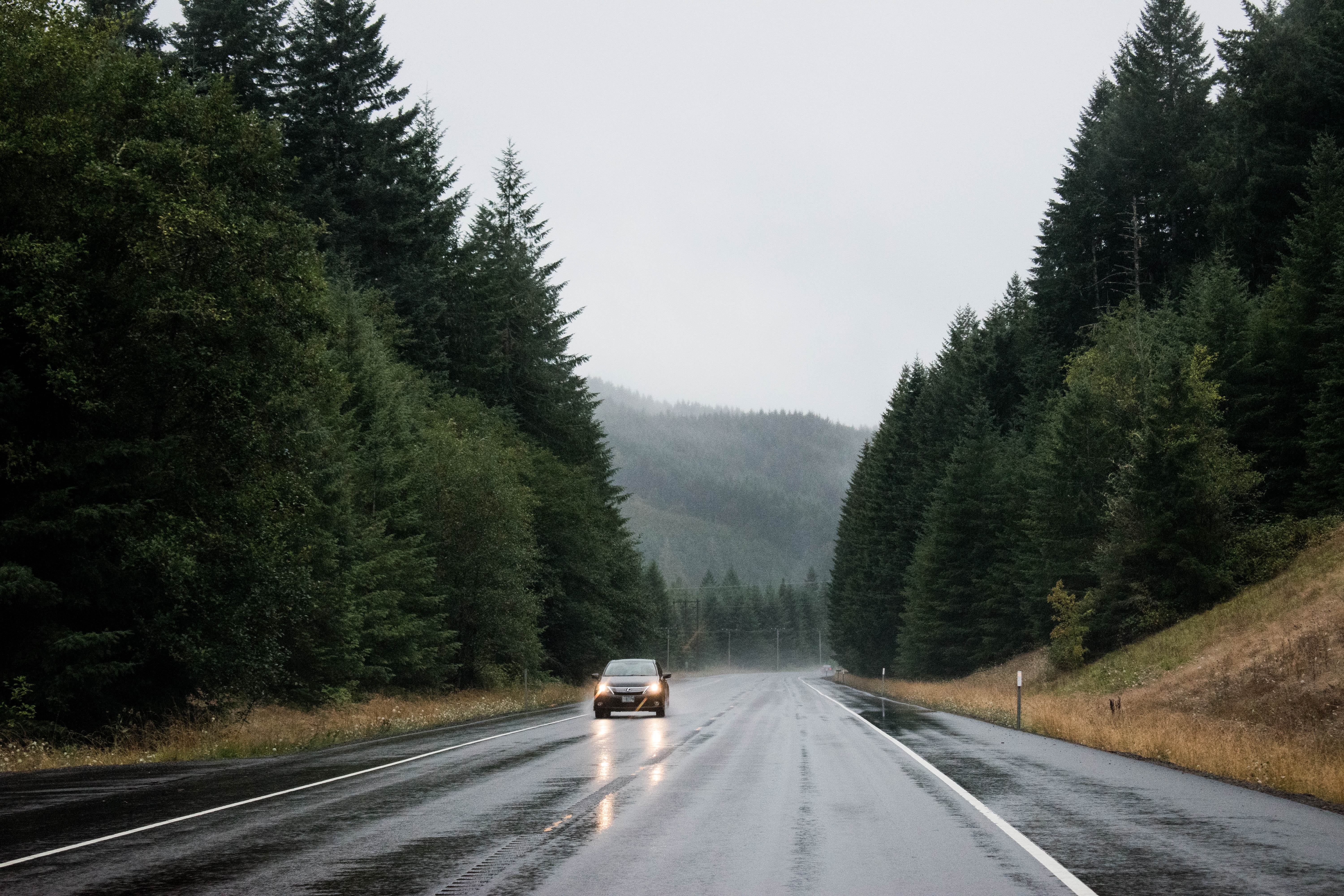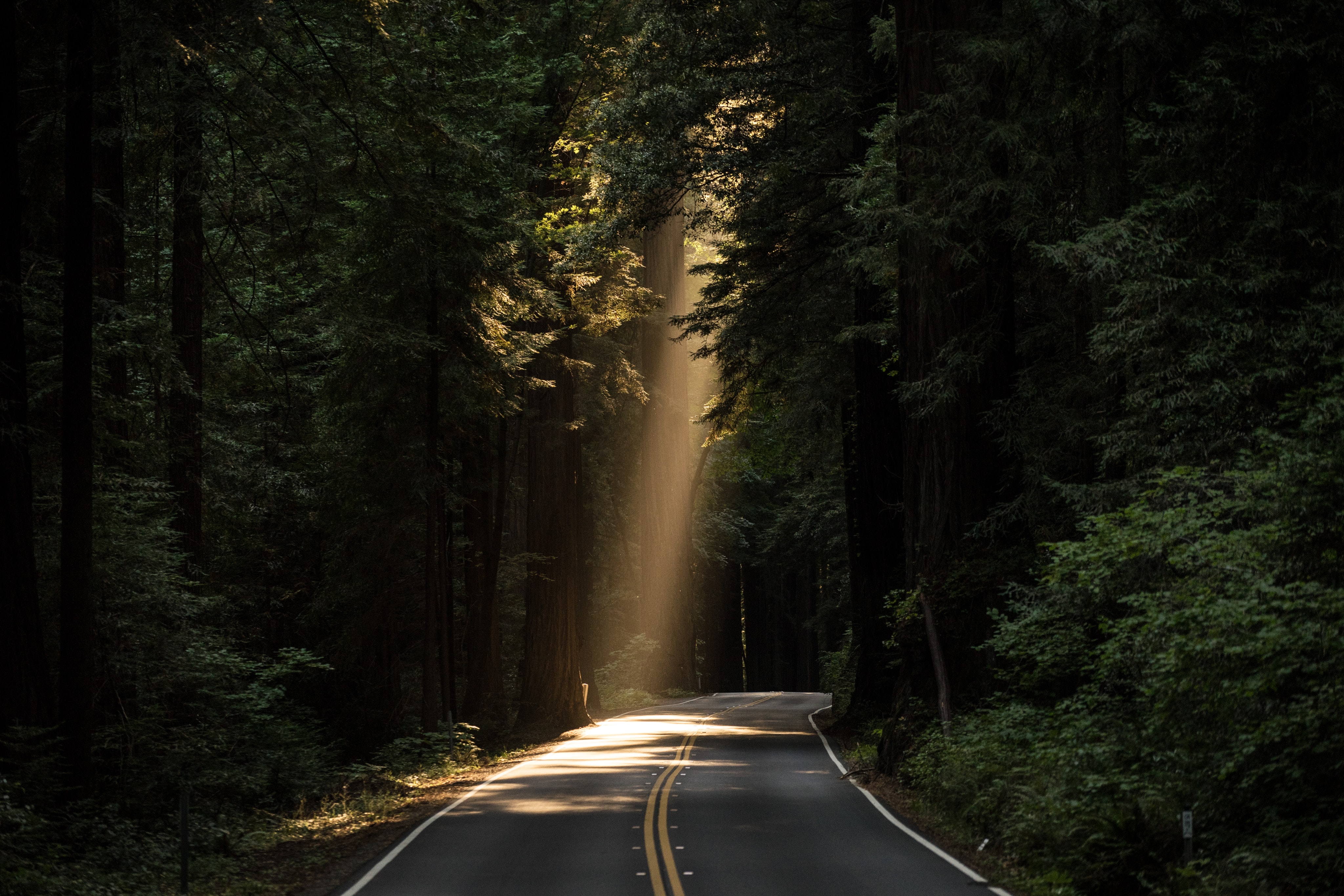The term ‘new normal’ appears to prop up frequently when there are upheavals in society.
The ‘new normal’ was used after 9/11, the recession of 2008, the dot com boom and crash, climate change and even the school shootings of the last few decades.
It begs to consider the question- Why are we willingly accepting ‘new normal’?
The opposite of normal is ‘abnormal’. So, are we now accepting ‘abnormal’ as the new normal?

Like a car traveling down a smooth highway, life moves along with the person rarely questioning the flow. Then suddenly the highway gives way to a bumpy road. There are emotions of surprise, anxiety and panic. Now suddenly, the persons start to question and analyze the situation.
Should they have known the road would become bumpy?
How long before we hit the smooth parts again?
Will I survive these bumps? Will my family?
Did I prepare adequately for the turbulence?
The rough road becomes the new normal. The future is one of uncertainty and we acknowledge this ambiguity by subscribing to the notion of a new normal.

There are two Darwinian terms that come into play:
Self- Preservation. Whether you are a business, an employee or a gig worker the near-term goal is self-survival. The mechanism of pain prompts us to withdraw from certain situations and fear causes us to seek safety. Our survival instinct kicks in and we take actions to ensure we can outlast the current adverse conditions and hope to emerge relatively unscathed on the other side.
Adaptability. The concept of survival of the fittest – attributable to Henry Spencer who first used the term after reading Charles Darwin’s ‘On the Origin of Species’ – is best used in this context, not on the biological concept of reproductive success, but rather the changes that can happen immediately to respond to the ‘now’ of the local environment. Adaptability refers not to the ‘fittest’ or ‘strongest’ or ‘most intelligent’ rather to the person who implements changes to survive and counteract the current unfavorable situation.
There is an ethical component to this discussion that should be pointed out. There is a built-in mechanism within humans to have a disposition to do and be good. The characteristics of Self Preservation and Adaptation are not directed only inward as a selfish motive but rather also outwardly to the common good of all. That these inwardly acts can only succeed if the entire population also succeeds in overcoming the crisis. A common thread binds us all together and we sink or swim as a group.

Going back to the car hitting the bumpy road, we immediately recognize that the ‘normal’ has changed and the concept of self- preservation kick in. We are concerned for our own safety and those of the passengers in the car. We adapt by slowing down, stopping or looking for an alternate route.
The ‘new normal’ is just a human reaction to self-preservation and the move to adapt to the new environment. We recognize the abnormalities and adjust our behavior, routines, tasks and lives to conform with these new aberrations.
The abnormal then becomes the new normal.
So, social or physical distancing may remain for a long time.
We may routinely place masks on our face when confronted with dense populations.
Hand shaking may be frowned upon.
Telemedicine will be accepted.
Remote work will be the normal, going into the office the exception.
We may drive and travel less. Pollution will decrease
We prioritize what is essential to live a good life.


